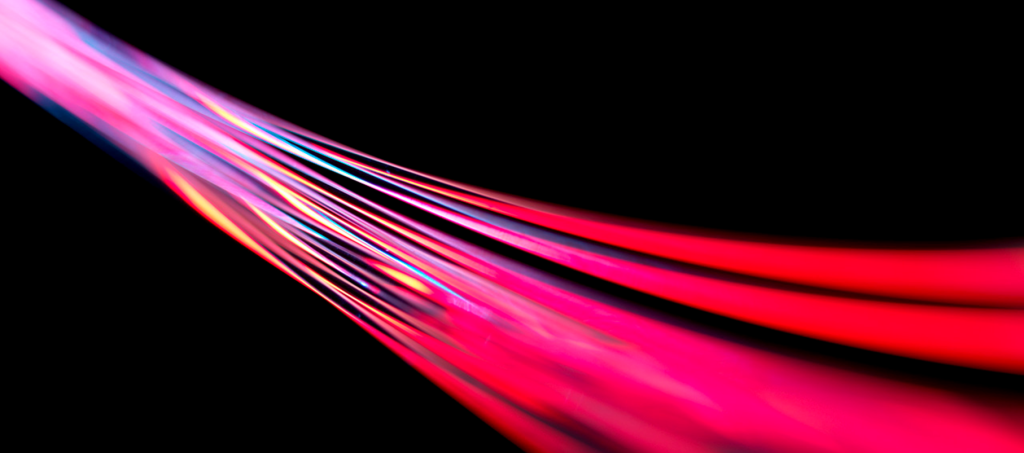

Time is a concept that is integral to daily life, and most people have a sense of what time is. What is perhaps less obvious is how much our society relies on time and frequency technology in a variety of applications and industries, from synchronising telecoms and broadcast signals, to determining location via GPS.
In this course, we will introduce the scientific concept of time and how it is measured and disseminated. We will take a broad overview — it won’t be too technical, so will suit a non-technical audience. However, we hope that it will also serve as a useful ‘big picture’ for those embarking upon, or are relatively new to, working in the field of time and frequency.
The course consists of four modules:
Learners who successfully complete the course will receive an NPL Certificate of Completion.
This course is the first in a series developed for the National Timing Centre (NTC) programme that will help people to build skills in time and frequency to support the maintenance and innovation required for many sectors of society to function properly.